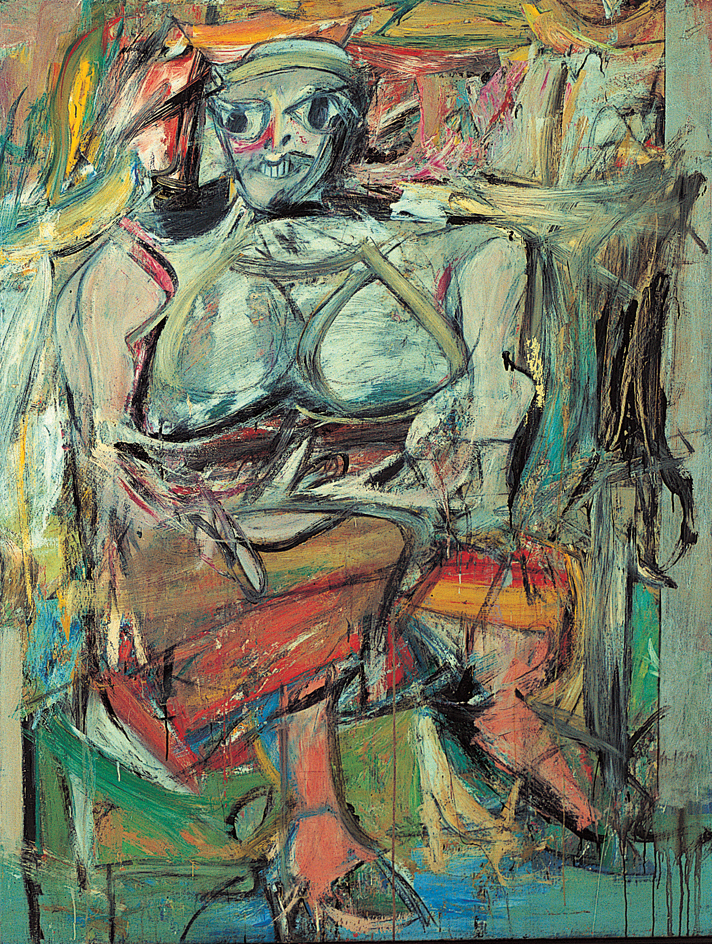Abstract art is a style of art that discards identifiable subject matter. The style originated in the early 1900’s. Abstract art is sometimes called nonobjective art or nonfigurative art.
Abstract art broke with a long tradition in Western culture that considered art a kind of refined illustration. Works of art were often admired because of the importance given to the story or theme they represented. This view began to change in the first decade of the 1900’s. At that time, painters allowed the means of imagemaking—brushstrokes, color, and shapes—to overshadow or distort the subject matter. They discovered that the formal characteristics of painting were interesting in their own right.

The first abstract art was produced by painters identified with such movements as Fauvism, Expressionism, Cubism, and Futurism. Their paintings were called “abstract,” though subject matter could still be recognized in their work. After about 1910, some artists eliminated all subject matter in favor of pure forms. Two distinct and opposite theoretical defenses of totally abstract art emerged. The Spiritualists worked from the belief that the elements of art could stir the soul and spirit directly. For these artists, references to the material world hindered their ability to convey emotional messages directly and powerfully. Leading artists of this conviction were Wassily Kandinsky and Kasimir Malevich of Russia and Piet Mondrian of the Netherlands.
The other major theory of abstract art was grounded on materialism. It appeared first in the work of the Constructivist artists in Russia about 1915. Their art essentially dealt with textures, shapes, colors, and patterns. Their paintings rejected storytelling, poetry, or emotional experiences. To portray objectively the new age and its scientific basis, artists stressed geometric forms; flat, unmodulated colors; and an impersonal approach to their art. Leading Russian Constructivists included Vladimir Tatlin, El Lissitsky, and Alexander Rodchenko.
The term abstract art was originally confusing because it could mean art with altered but still recognizable content, or totally nonfigurative or nonobjective art. However, by the end of World War II in 1945, the term was used primarily as a synonym for art completely without recognizable subject matter. Total abstraction was given wide publicity through the work of the Abstract Expressionist, or New York School, artists, such as Jackson Pollock, Willem de Kooning, Arshile Gorky, Franz Kline, and Robert Motherwell.
